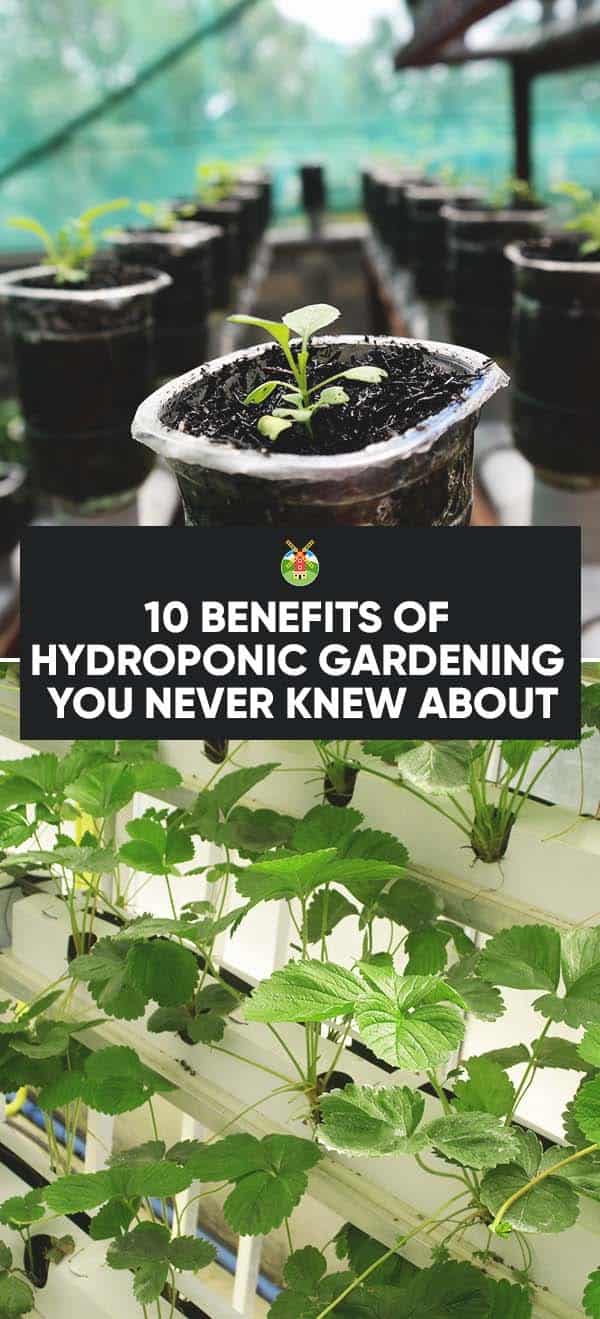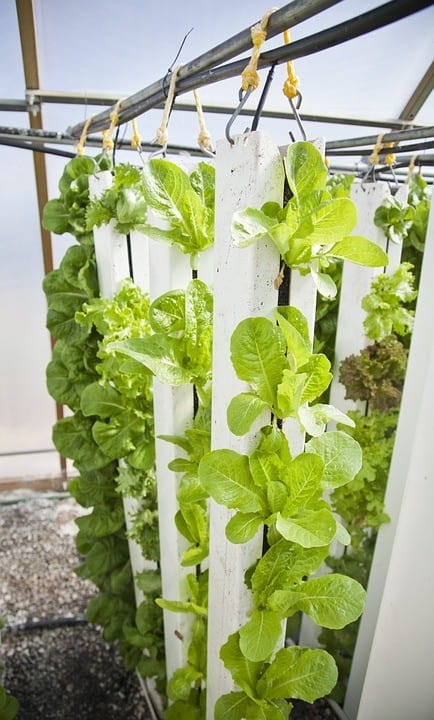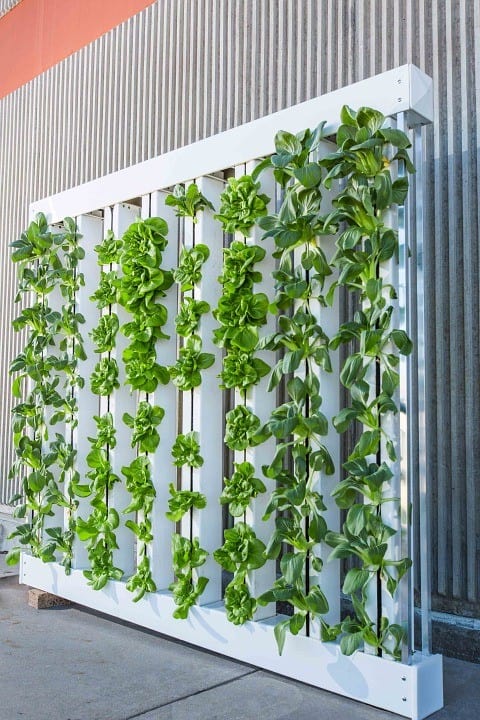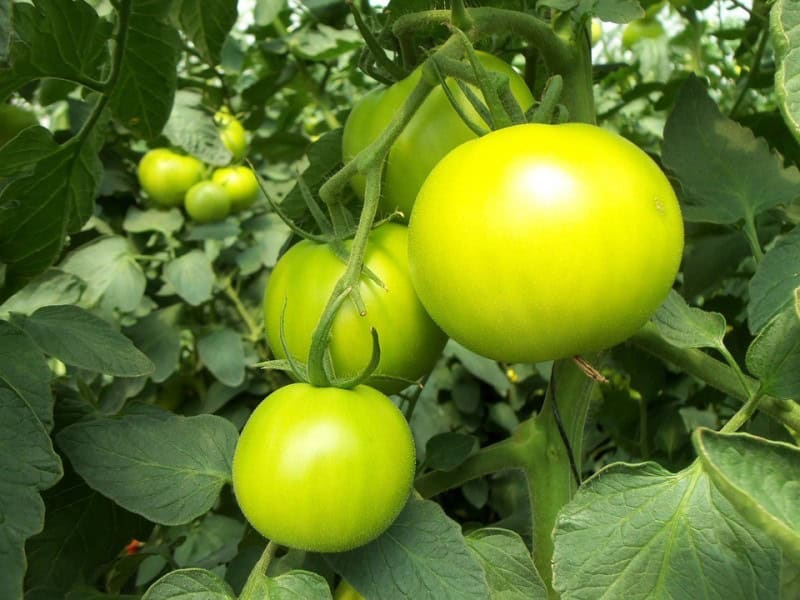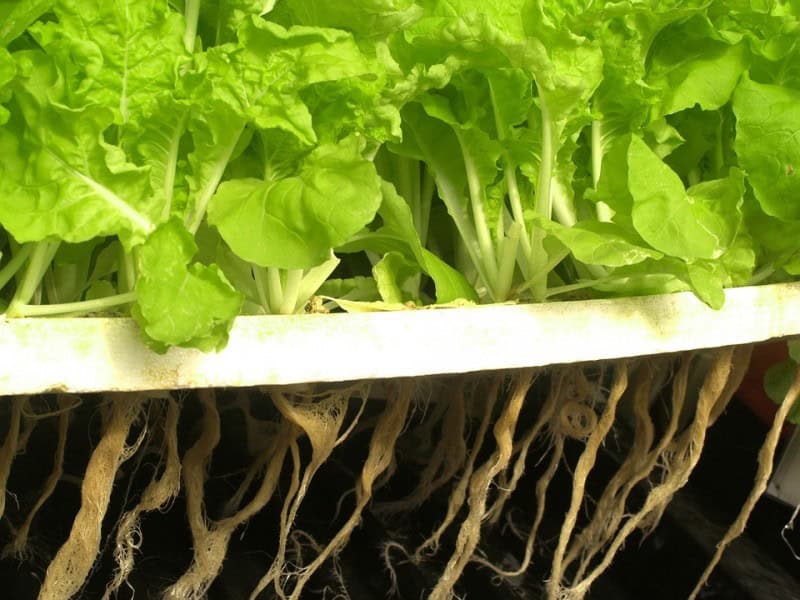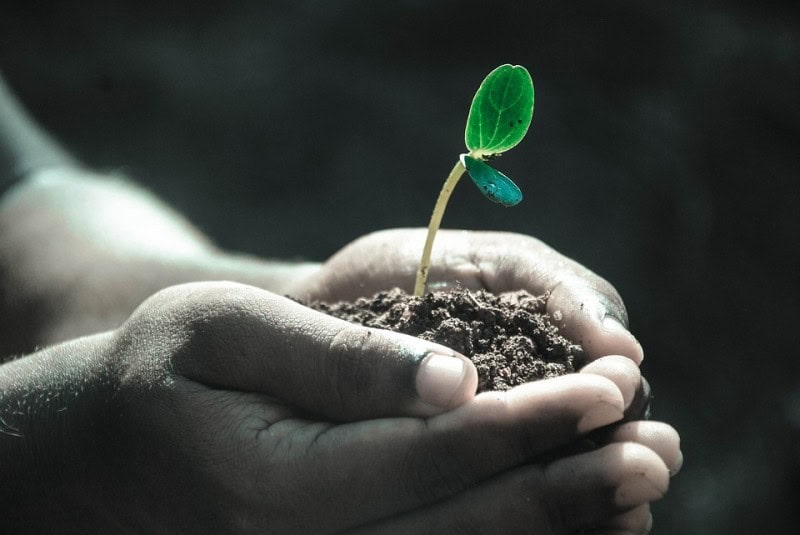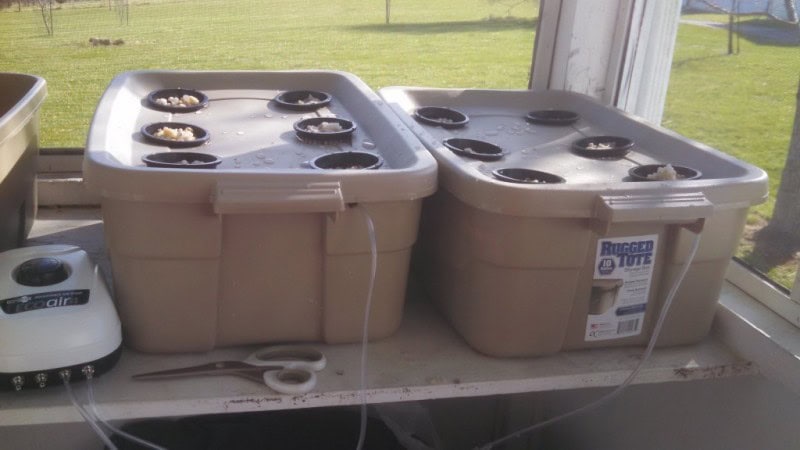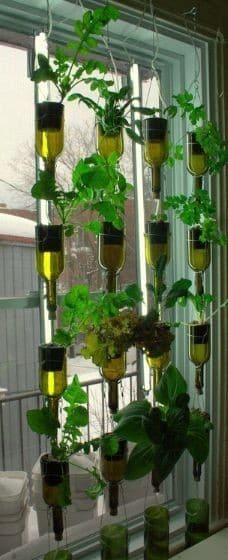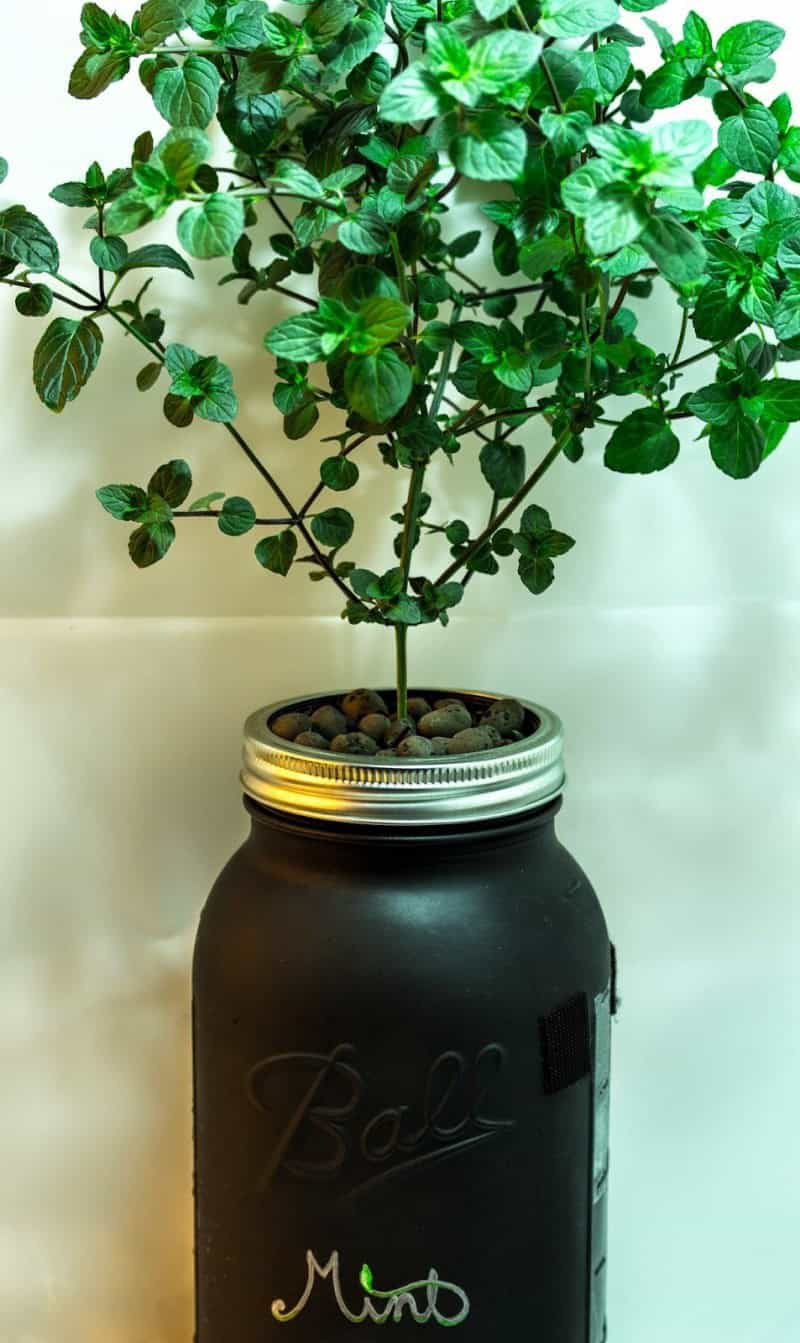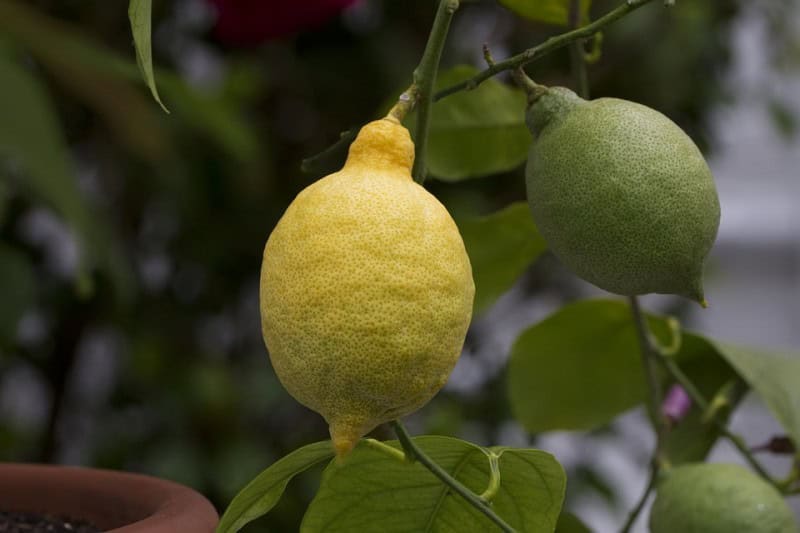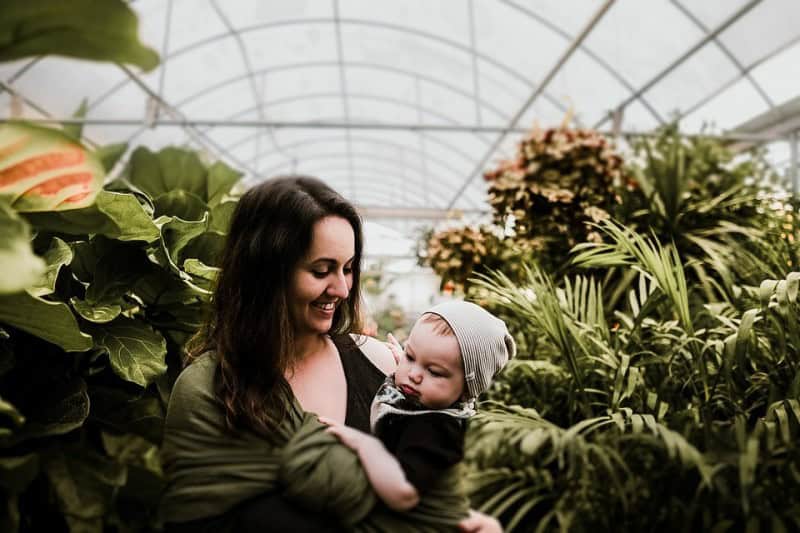Hydroponic gardening has gained immense popularity, with high-end restaurants like New York City’s Bell, Book, and Candle relying on this innovative method to grow their own produce. But what exactly is hydroponic gardening? In a nutshell, it’s a soilless way of growing plants where nutrients are added directly to the water, allowing plants to absorb them as they’re irrigated.
This approach has significant implications in areas with limited land availability, where people are increasingly seeking transparency about their food sources.
Hydroponic Gardening
While many may think they’re familiar with the basics of hydroponic gardening, there’s actually a wealth of fascinating details hidden beneath the surface. For instance, did you know that this innovative method of cultivating plants has been around for centuries? In fact, ancient civilizations like the Aztecs and Greeks were known to use hydroponic techniques to grow their crops, long before the modern era of commercial agriculture.
There is No Back-Breaking Labor involved
The benefits of hydroponic gardening extend beyond just growing plants – it can also be a game-changer for individuals with back problems. For those who find traditional gardening methods strainful, there are several ways to create a hydroponic system that caters to your height and reduces the need for bending or squatting. One approach is to design a system where the water reservoir sits atop stands, keeping it elevated and minimizing the physical demands of tending to the garden.
Alternatively, you can opt for a vertical hydroponic setup, where a continuous flow of water runs through the system and plants absorb the nutrients as needed. Both methods offer a low-impact solution for growing your own fruits and vegetables, making it easier to enjoy the rewards of gardening without exacerbating back issues.
They are Space Savers
Hydroponic gardens offer unparalleled flexibility, allowing individuals to cultivate fresh produce almost anywhere. This concept is exemplified by aquaponics, a system that integrates fish farming with plant cultivation, as seen in Dallas’s urban community where local farmers use this method to supply the city’s residents.
I recall visiting an aquaponic garden inside a greenhouse with my daughters, where we marveled at the harmony between chickens and fish amidst a lush three hundred square foot environment, offering breathtaking views of downtown Dallas. For those confined to small outdoor spaces or urban dwellings, hydroponics presents an opportunity to grow their own fruits and vegetables.
A simple balcony or indoor space can be transformed into a thriving garden using hydroponic systems that utilize natural sunlight or artificial lighting. This concept is particularly appealing to aspiring farmers who wish to establish a career in the industry, even in the midst of urban landscapes. For instance, a restaurateur in New York City took matters into their own hands and created their own garden, showcasing the potential for city dwellers to take control of their food production.
By renting a space above a shop or finding an alternative location, individuals can establish a farm without requiring large tracts of land. The absence of soil simplifies the process, allowing farmers to focus on other aspects such as market proximity and reduced reliance on fossil fuels.
You’re in Control
As I’ve matured, I’ve come to appreciate having a sense of control over certain aspects of my life. For instance, when brewing coffee, I opt for a French press over a traditional drip brewer because it allows me to precisely regulate the temperature and time of extraction, ensuring the perfect balance of flavors. Similarly, in hydroponic gardening, you learn through trial and error what methods work best for your plants.
Unlike traditional soil-based gardens, where factors like soil composition and moisture levels can be unpredictable, hydroponics gives you precise control over nutrient levels, allowing you to fine-tune your approach. This level of control enables you to accelerate plant growth significantly – some plants can grow in half the time it takes for their traditionally grown counterparts.
With hydroponics, you’re not just a gardener, but a master gardener, empowered with the ability to optimize and direct the growth process.
All That Water
In a surprising twist, hydroponics was found to consume significantly less water than traditional gardening methods. According to Nicole Tyau of Cronkite News, hydroponics uses only about 10% of the water required by regular gardening. This reduced water usage is likely due to the fact that we often overestimate the amount of water plants need when using traditional methods. In contrast, hydroponic systems allow for precise control over water usage, as each plant takes in only what it requires.
Furthermore, the circulating water in these systems stays fresh and healthy for a long time, thanks to the absence of soil-borne contaminants. As the water flows through the system, it also helps to create oxygen for the root system, promoting growth stimulation and faster plant development.
Soil and the Things We Don’t Miss
Gardeners often face two significant challenges: pesky bugs and unwanted weeds. One effective way to tackle these issues is by eliminating bad bugs from the soil. This approach not only simplifies the gardening process but also benefits the plants themselves. Without soil-dwelling pests, plants can focus their energy on growth and development rather than struggling against these invaders. Similarly, a weed-free environment greatly reduces the labor involved in maintaining a garden.
No longer must you spend hours pulling out pesky weeds that compete with your crops for nutrients. Your plants can thrive without distraction, using the resources they need to grow strong and healthy. The absence of weeds also has a positive impact on the soil itself. By avoiding the use of pesticides, which are often necessary when dealing with weed-infested gardens, you’re minimizing the introduction of chemicals into the ecosystem.
Additionally, by not eroding the topsoil in an effort to remove weeds, you’re preserving the natural structure and fertility of your soil. While it’s true that some hobby farmers may inadvertently damage their soil through over-cropping or poor practices, there’s no need to exacerbate the issue. By avoiding these negative impacts on the soil, we can maintain a healthy, thriving ecosystem that supports our plants and our own well-being.
The Price You Pay
While setting up a hydroponic farm from scratch may seem overwhelming at first, the idea of a traditional garden is often more relatable – simply plant a seed, water it, and wait for it to grow. In contrast, hydroponics requires a system in place. However, establishing such a system doesn’t have to break the bank. For instance, Alyssa from Pure Traditions shares a DIY approach to building a hydroponic system for under $100.
Get Year Round Produce
My unconventional claim to fame is the peculiarity of consuming strawberries outside their traditional seasonality. For me, it’s jarring to savor a chocolate-covered strawberry in February, but this aversion might dissipate if I had access to a year-round hydroponic system that produced an endless supply of fresh strawberries. Growing indoors allows for meticulous control over variables like water, nutrients, light, and temperature, effectively rendering complete mastery over the outcome.
Scale
For those who prefer a low-maintenance gardening experience, a hydroponic system can still be a great option. By using a small-scale, non-circular setup, individuals can enjoy fresh herbs and spices without dedicating an entire garden to the task. The Macro Garden blog provides inspiration for creating such a system, leveraging everyday items like mason jars to provide plants with the necessary nutrients and support.
Adding creative touches like paint and chalk markers further enhances the overall aesthetic, making it a charming addition to any home.
And the List Goes On
I’m constantly amazed by the potential for growth with a hydroponic system. Modular Hydro provides an in-depth exploration, but I’ll summarize the key points here. Not only can you cultivate underground vegetables like carrots and potatoes, as well as herbs such as basil and mint, but you can also sustainably grow them year-round under controlled conditions. What truly surprised me, however, was the possibility of cultivating larger plants like blueberries and lemon trees.
These heavy producers are typically associated with soil-based cultivation, so the idea that a hydroponic system can support their growth without relying on soil is nothing short of exciting. The prospect of enjoying my favorite treats, such as blueberry lemonade, without the constraints of traditional gardening methods is truly thrilling.
Get Everyone in on the Fun
From the moment my children can recall, they’ve had two favorite ‘grown-up’ activities: sipping coffee and tending to their own gardens. These hobbies have remained a source of joy even as they’re entering the teenage years.
The fascinating process of observing plant life is a great way to get kids excited about nature. Watching roots grow and exploring the world beneath the surface can be mesmerizing for children, making it an activity that’s both fun and educational.
Interestingly, research suggests that music has a positive impact on plant growth. Why not make gardening a fun family experience by blasting some tunes, dancing around with your little ones, and then getting your hands dirty? This approach could turn a mundane chore into an enjoyable bonding session, whether you’re indoors or outdoors.
Conclusion
Growing plants without soil can be an incredibly liberating experience. By doing so, you gain control over the process and the ability to grow faster, which can make all the difference in achieving your gardening goals. The numerous benefits of starting a garden, whether it’s a hobby or a full-time endeavor, are undeniable. Not only will you and your family have access to fresh produce, but you’ll also be better equipped to face any challenges that come your way.
It’s a winning situation, if you will.
